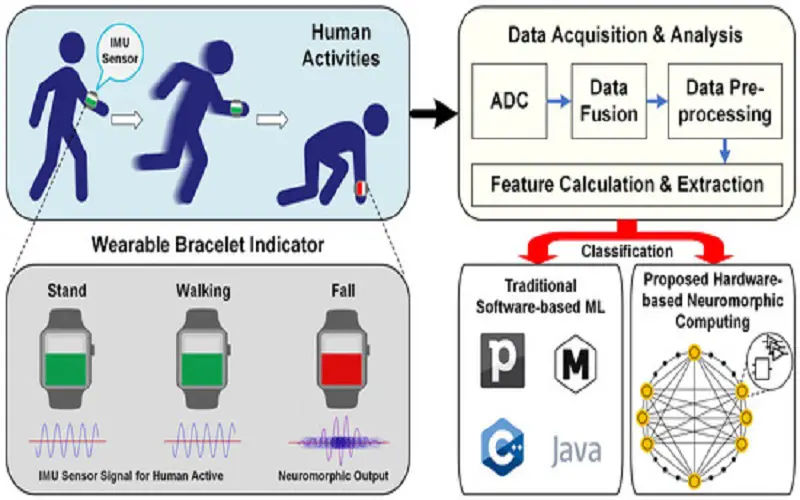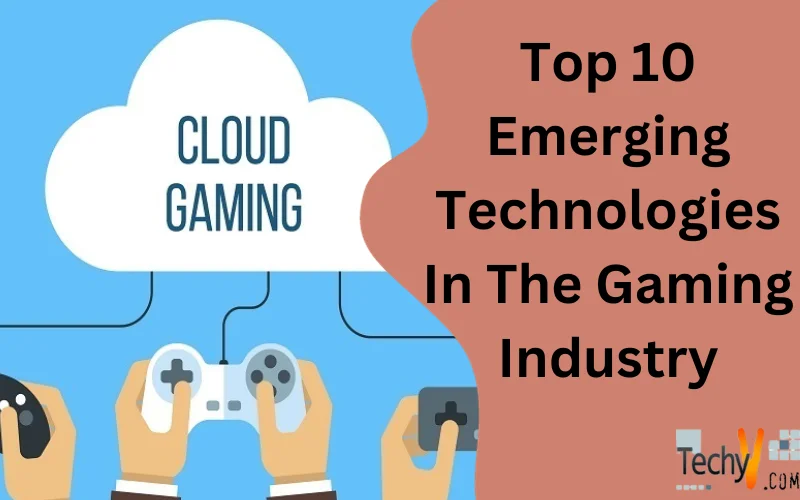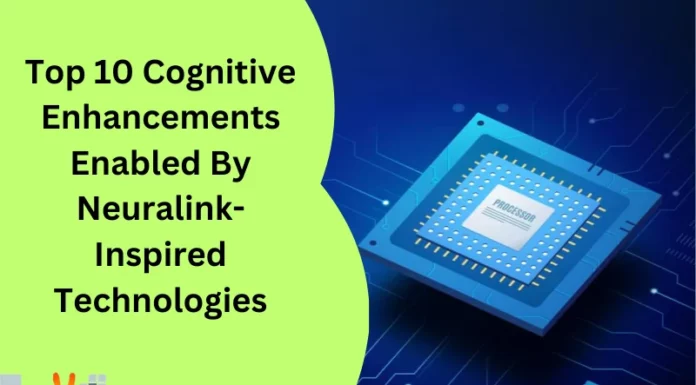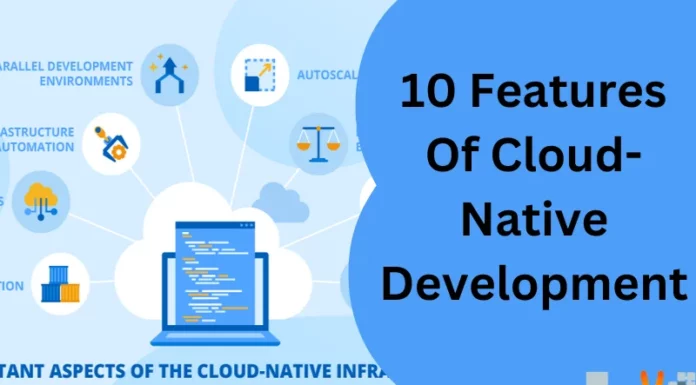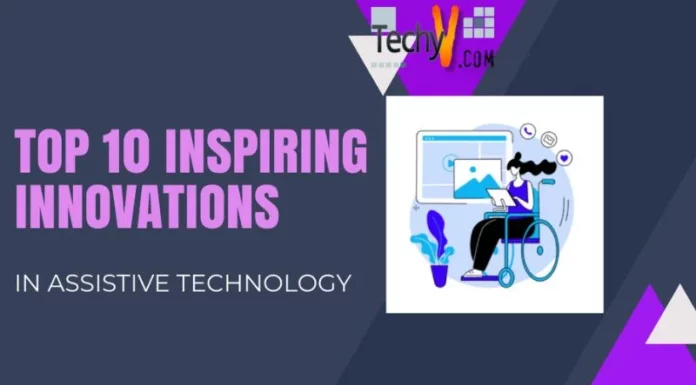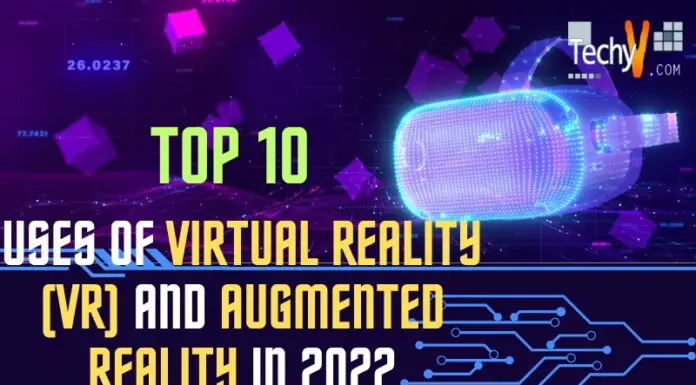The Gaming Industry is one of the many Industries that has undergone a significant change in recent years of the past decade due to technological advancements. These developments are changing the way we play and experience the games as well as it is revolutionizing the entire gaming arena. From potato graphics and huge loading times to virtual reality, we have come a long way whether you are a casual player or a dedicated E-sport player. The future of gaming promises a thrilling ride into an unexplored territory of its own as it continues to evolve. Here are the top 10 emerging technologies that are shifting the future of gaming and industries:
1. Virtual Reality (VR) And Augmented Reality (AR)
Virtual Reality and Augmented Reality have both gained huge popularity in the gaming world over the past few years. VR provides an extremely immersive experience in photorealistic virtual environments rendered in real time. While AR plays a vital role in overlaying digital elements onto the physical world, these combined produce an unmatched experience for a gaming enthusiast. There are games like “Beat Saber” and “Pokemon GO” that have demonstrated the potential of these technologies perfectly. As hardware becomes more reachable to the public and with upcoming advancements we can expect a lot more innovations in the gaming sector.
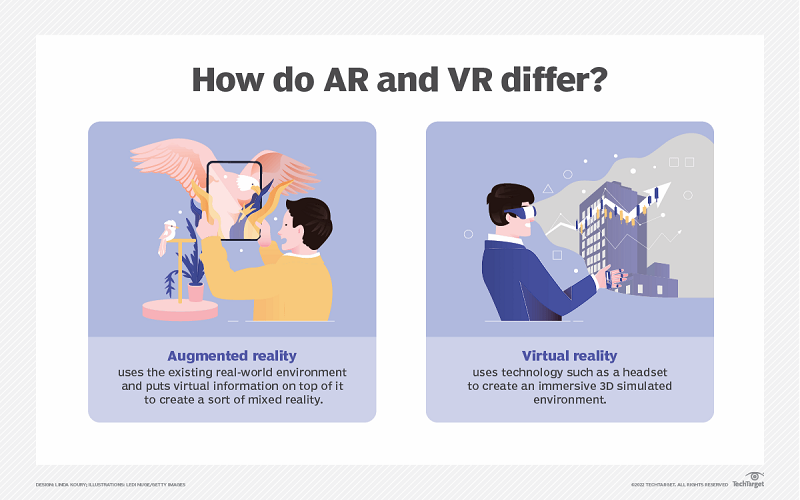
2. Cloud Gaming
Cloud gaming is a rising technology that allows users to provide a platform over the internet from where the players can stream games without the need for costly hardware. This is a game changer since the major hurdle in a gaming experience is the hardware which holds back the true potential of any title. All that is needed is a decent internet connection with a basic stream-compatible output device and you are ready to hop into the virtual world. There are many services like Google Stadia, Microsoft’s xCloud, and NVIDIA GeForce NOW which are leading these streaming technologies. These services make it possible to play demanding high graphics titles on regular devices such as smartphones and smart TVs which was earlier not possible without purchasing a separate hardware like Playstation or Xbox which are not feasible for everyone.

3. Artificial Intelligence (AI)
AI is trained repeatedly on a particular dataset to generate more natural and responsive models and environments in the game environments. NPCs (non-playable characters) are the main domain where this technology shows its true potential by making them behave more humanly and dynamically by adapting to different scenarios. This brings out a more interactive virtual world that is not bounded by some already programmed repetitive instructions. This age of the internet offers a plethora of features that can make single-player experiences more engaging and multiplayer titles more realistic and challenging.
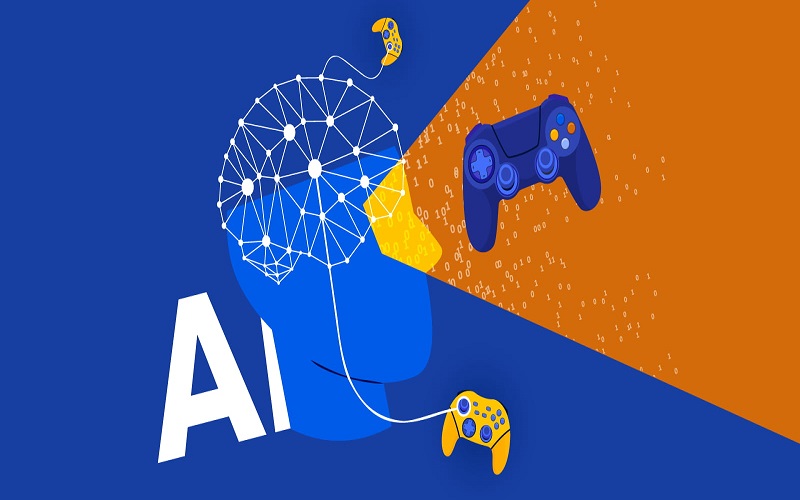
4. Blockchain Gaming
Blockchain Technology has been in the market for a while now and it is bringing transparency and ownership to the gaming industry as well. It allows players to use blockchain-based currencies to buy in-game assets and even trade them with others. These assets can potentially earn a real-world value which may be withdrawn once it accumulates to a certain threshold. Some games like “Axie Infinity” have introduced this concept by implementing Blockchain Technology. It brings out an innovative and creative sector in the industry which in turn provides users the opportunity to get their hands on highly addictive titles.
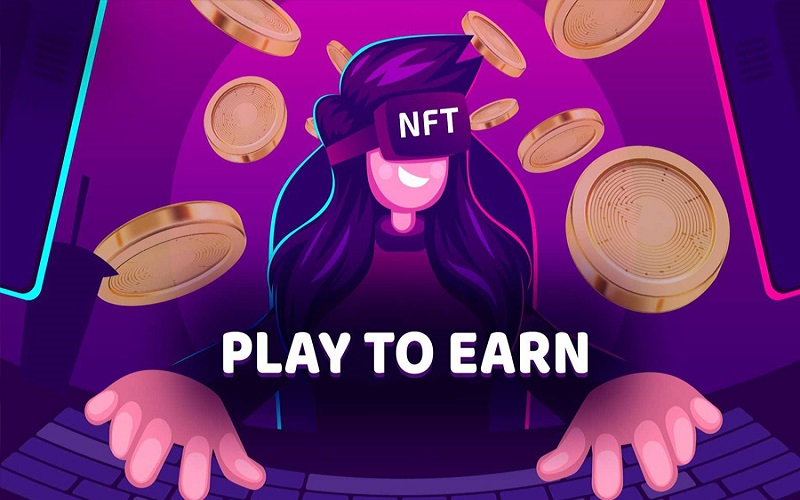
5. 5G Connectivity
The introduction of 5G networks is ready to transform the mobile gaming industry completely. With low latencies and fast speed, a smooth online gaming experience is guaranteed even when traveling. Since mobile devices are available to almost every individual, it opens the realm to more multiplayer games which provides a platform to connect people residing in different parts of the world. The best thing is that it eliminates the need for high-end local hardware for an experience that implements augmented reality in smaller devices.

6. Haptic Feedback
This technology adds a whole new dimension to the immersive aspect of the gaming world by giving the users a sensation of touch similar to the real world upon certain stimuli. High-quality haptic motors are deployed such as those in the PlayStation DualSense which provide precise and controlled vibrations that simulate the action of the game in real-time. Haptic Feedback on its own elevates the gaming experience by giving it a close-to-reality feel and more engaging.
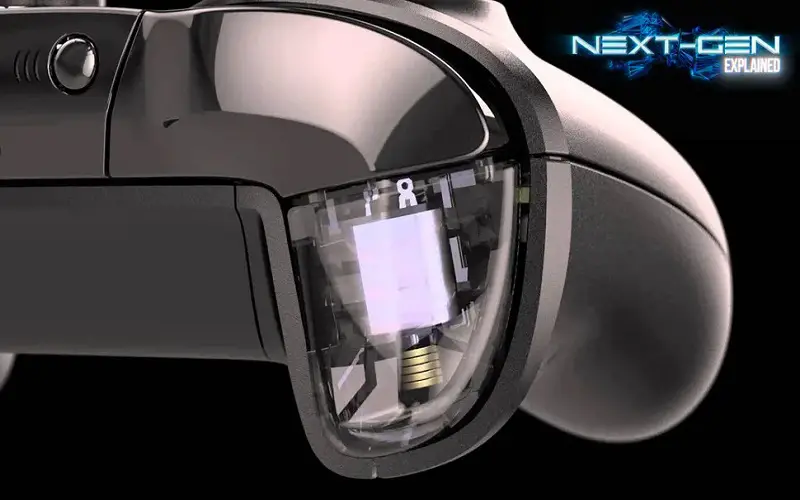
7. Facial Recognition
Facial Recognition technology now is being implemented in gaming titles to produce a more personalized touch to the experiences. This technology can even mimic real-world facial expressions on a virtual model in action which uplifts the realism of the games. Some games can scan player’s facial expressions and emotions and then adapts to the game accordingly. It makes the story-telling more compelling and realistic by giving the users an impression that their character is present in the game which is controlled by them.
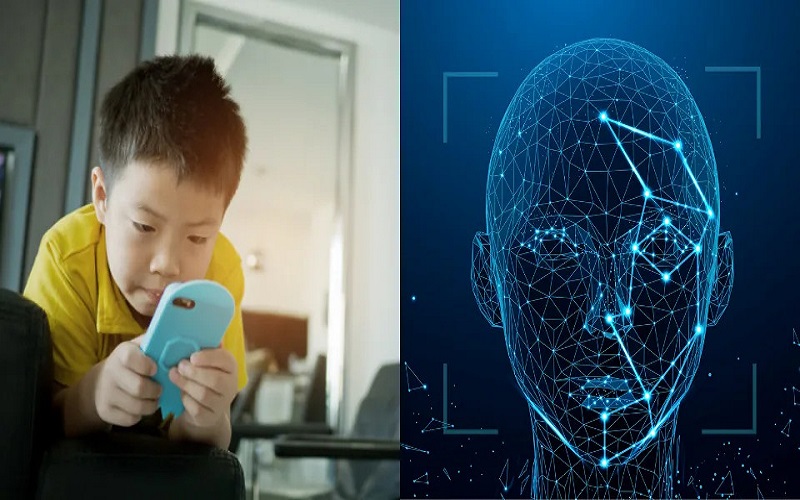
8. Gesture Control
It adds another layer of immersion in the gaming experience by using body movements and some specific gestures to control the character in the virtual world. There are devices like Xbox Kinect and VR motion controllers that make it possible for players to interact with games using this technology.
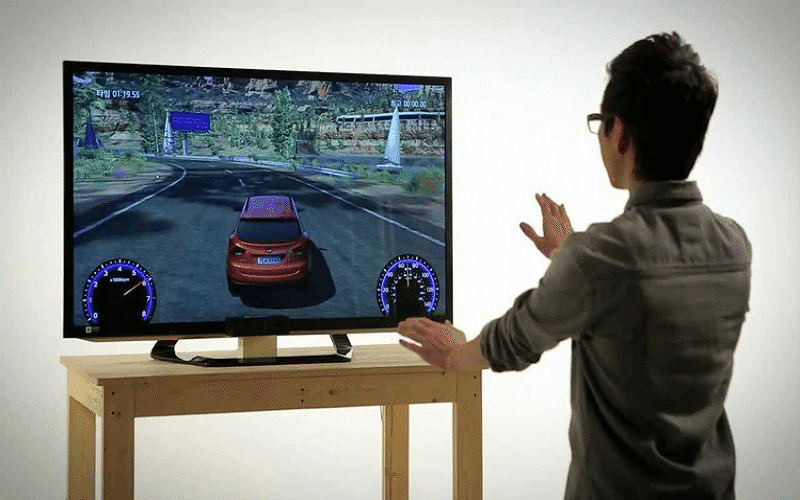
9. Voice Recognition
Recent developments in AI and voice processing have enabled us to capture the voice of an individual and take it as an input to perform tasks within any application. It can control in-game scenarios such as navigating menus, moving the character, and communicating with other teammates using voice commands. The flexibility to communicate with other people with your voice inside the game is making it an essential integration in the upcoming games.
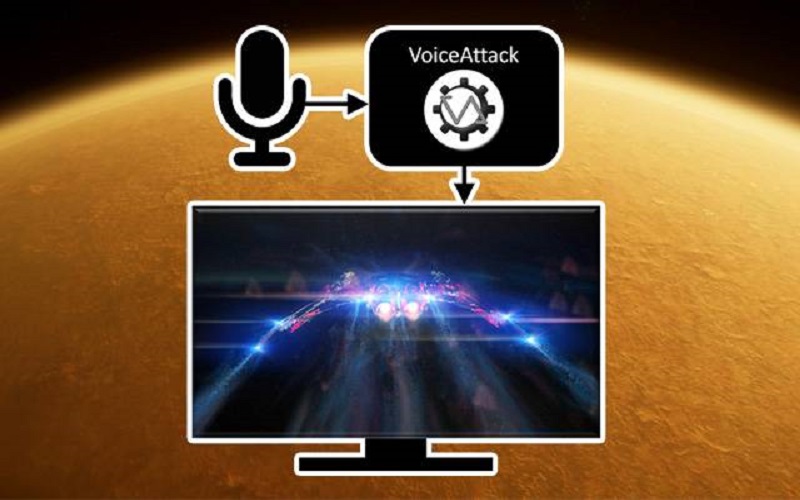
10. Neuromorphic Hardware
Neuromorphic hardware emulates the human brain by copying its structure and functionalities using electrical signals sent by the nerve cells. Although it is still in its developing stages, this technology can generate highly trained and intelligent NPCs in the game which react dynamically to the game environments and if needed even adapt to the surroundings accordingly. This could mark a new era in the AI-driven gaming industries where the virtual world provides an experience that is getting more and more close to the real world.
